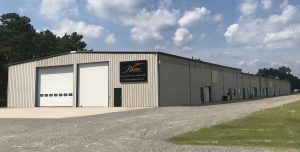The Marine Industries Association of South Florida, owners of Fort Lauderdale International Boat Show, and Informa Markets U.S. Boat Shows, producers of the show, released an impressive report this past week.
In 2019, Fort Lauderdale International Boat Show, also known as FLIBS, generated $1.3 billion in economic output throughout the state of Florida. This surpasses the $857 million reported from the last study conducted in 2015.
“The importance of FLIBS to the local and statewide economy cannot be overstated,” said MIASF CEO and president Phil Purcell in a statement. “Not only does the show have a bigger economic impact than any Super Bowl, FLIBS sustains the $12 billion South Florida marine industry and its 142,000 jobs for the remaining 360 days of the year, solidifying the region’s reputation as, not just the yachting capital of the world, but the refit and repair capital of the world, as well.”
Total sales were $715.4 million, up from $508 million in 2015, amounting to more than $143 million in direct sales per day during the five-day show. Sales and excise taxes were $69 million in the state, with $20.7 occurring in Broward County. That’s up from $51.2 million in taxes for Florida, and $16.9 million in Broward County.
More than half — 61 percent — of visitors came from outside the region, and 49 percent were from outside the state. Ten percent were from outside the United States.
“The notable increases in its economic impact are a testament to its significance to the marine industry, the local and state economy, and further solidifies its rank among leading boat shows around the world.” said Informa Markets U.S. Boats Shows president Andrew Doole. “The increase in sales demonstrates that quality buyers are attending and that the show’s growth and improvements continue to be well-received.”
Organizers are looking forward to the 2020 show, said Doole.
“There is a lot of pent-up demand to get back to life on the water and to spend quality time with family and friends in the great outdoors,” said Doole. “FLIBS spans nearly 90 acres across seven waterfront locations and we are excited to bring the marine community and boating enthusiasts back together.”
You can view the full study here.



